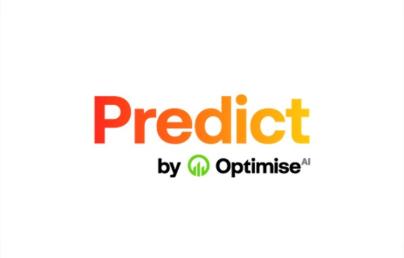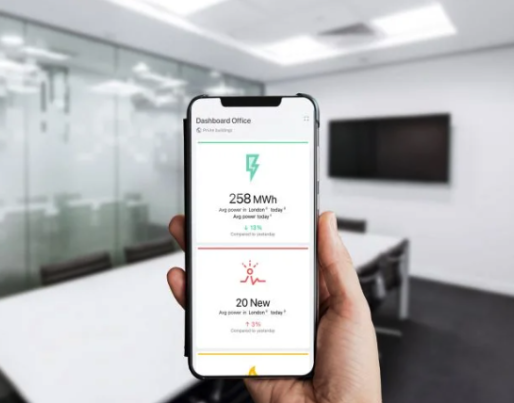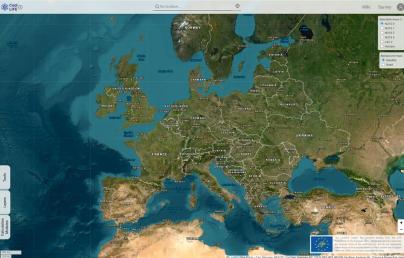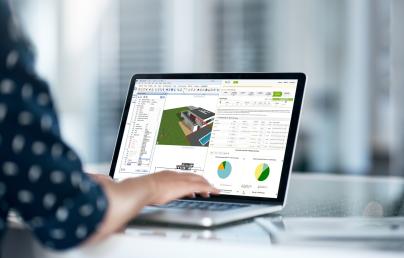
Why use Dashboards to Implement your Energy Efficiency Plan

Why use Dashboards to Implement your Energy Efficiency Plan
Have you ever been in a situation where you wanted to take steps to improve your energy consumption but didn't know where to start? Maybe you have already heard of Energy Dashboards? This reporting tool can provide you with precious information about your energy consumption, in a form that you can understand it easily and use it as a basis for taking relevant and clear action toward greater energy efficiency. Energy dashboards are a great type of support at every level of a company. Indeed, they will benefit engineers, analysts, energy managers and employees in their effort to improve energy efficiency and meet benchmarking mandates.
What is an Energy Dashboard?
A dashboard, usually provided as part of your Energy Management System, is a feature that allows you to see at a glance the key indicators of your energy measurements and consumption. Easily customisable, it gives you the ability to configure a set of widgets based on your devices and facilities and apply them to a specific location in your building. This way, you can view the type of information you are interested in at a given time, for a given location. Let's take a closer look at the advantages of using this type of functionality.
4 Reasons to Use Energy Dashboards for your Efficiency Plan
When it comes to implementing energy-saving measures, the use of an Energy Management Software (EMS) can be a real ally. To be more specific, you can take advantage of the use of clear and readable dashboards that can provide you with many benefits in your quest for energy efficiency. Therefore, if you are ready to start your journey toward energy management and are looking to implement an efficiency plan, here are the reasons to use dashboards to simplify your life and help you achieve your goals.
1. Real-Time Energy Consumption Display
Dashboards are a great way to get an overview of your energy consumption. But it is also an easy way to evaluate the performance of your installations in real-time. Imagine that you have decided to reduce your carbon footprint by switching to photovoltaic production. With a dashboard, you will get your active energy production on a daily basis. Or, if you care about keeping your employees and customers comfortable, you will most likely want to monitor the Co2 level (against a limit you set later). Simply add the corresponding widget to your dashboard and you will have daily control of this data.
2. Energy Savings Verification
It is easy to get an overview of your total energy consumption, month by month, to see whether or not it is decreasing since you implemented these measures.

